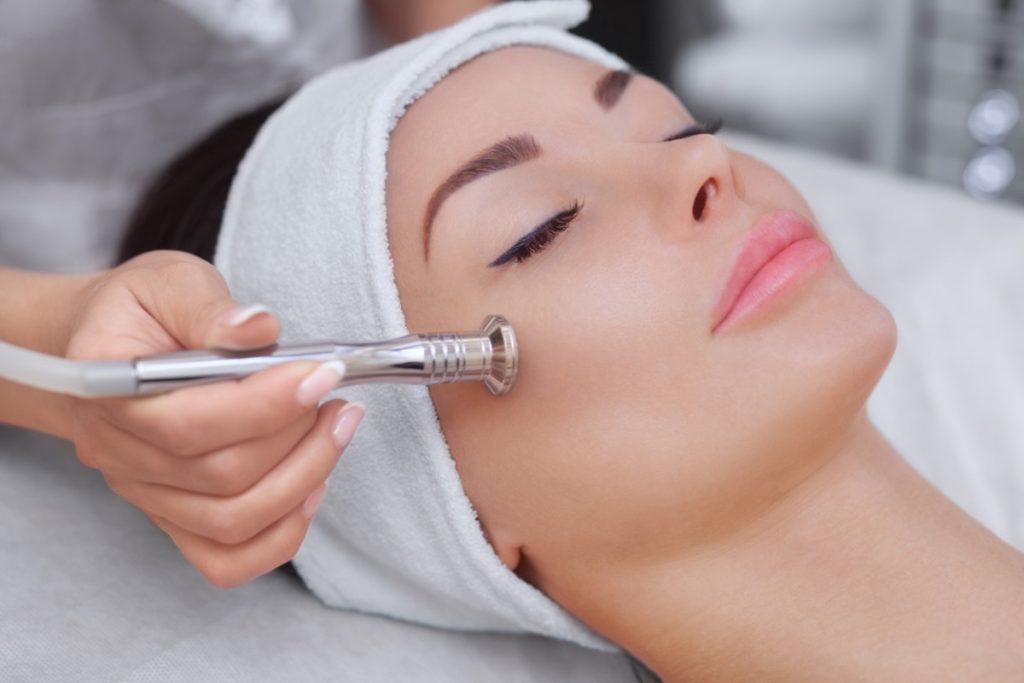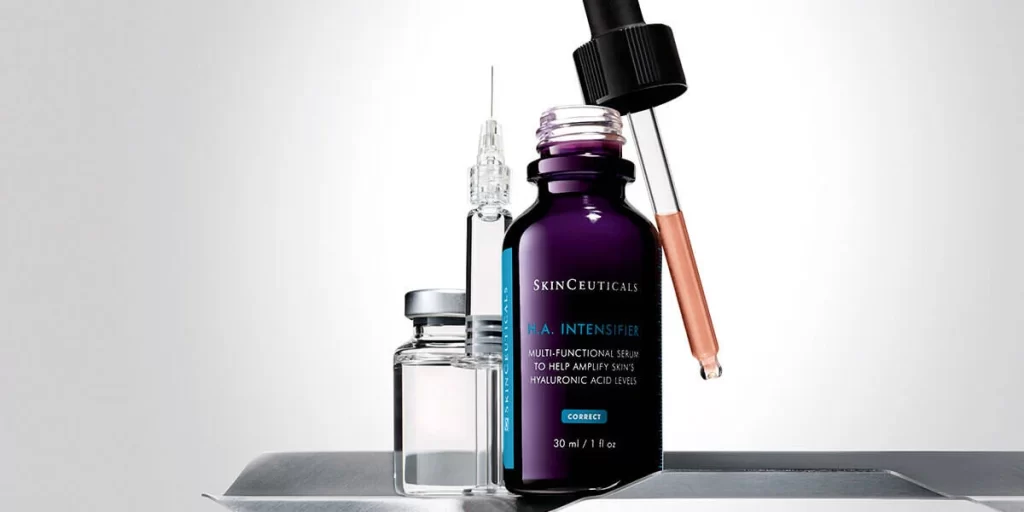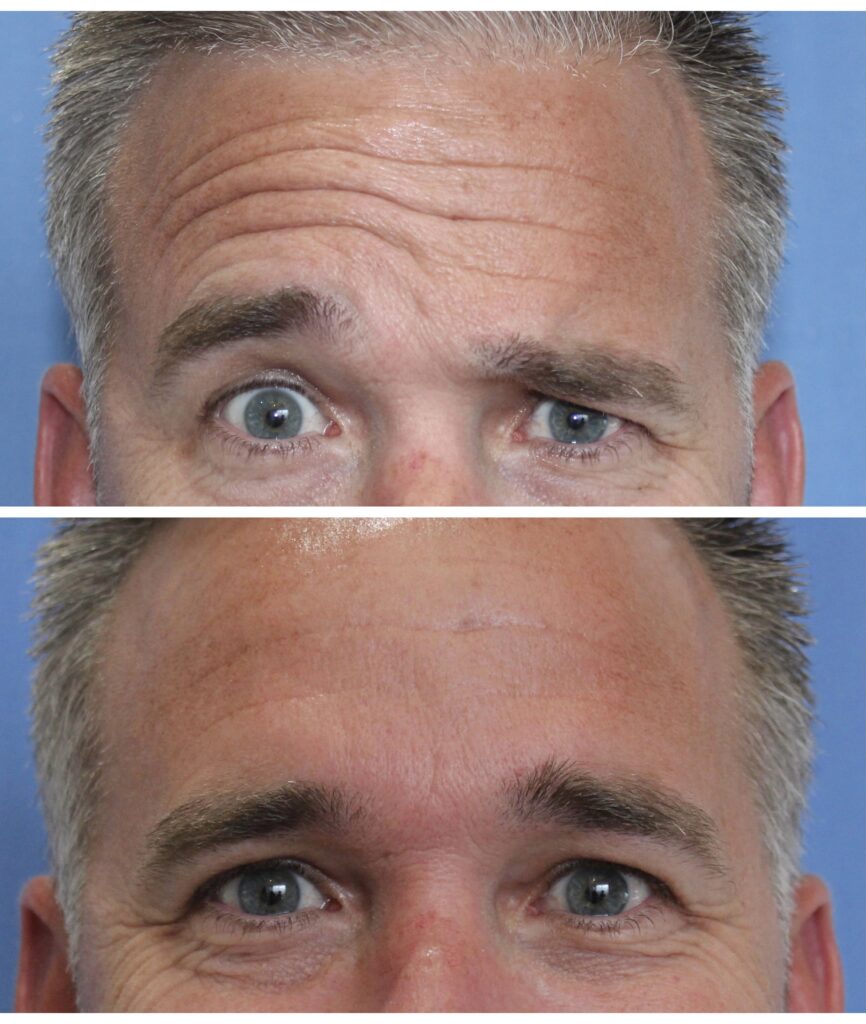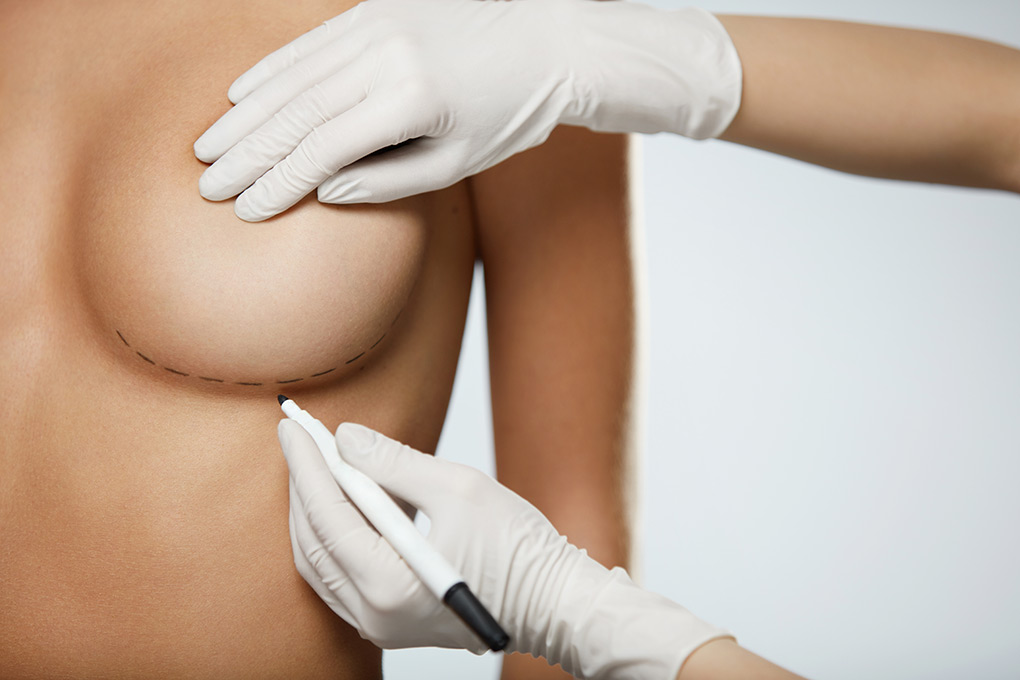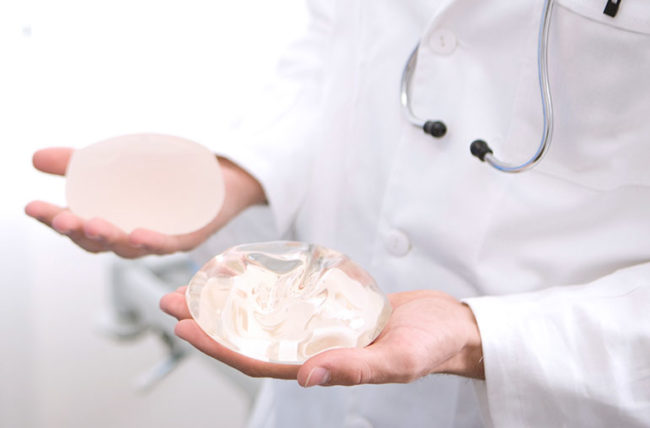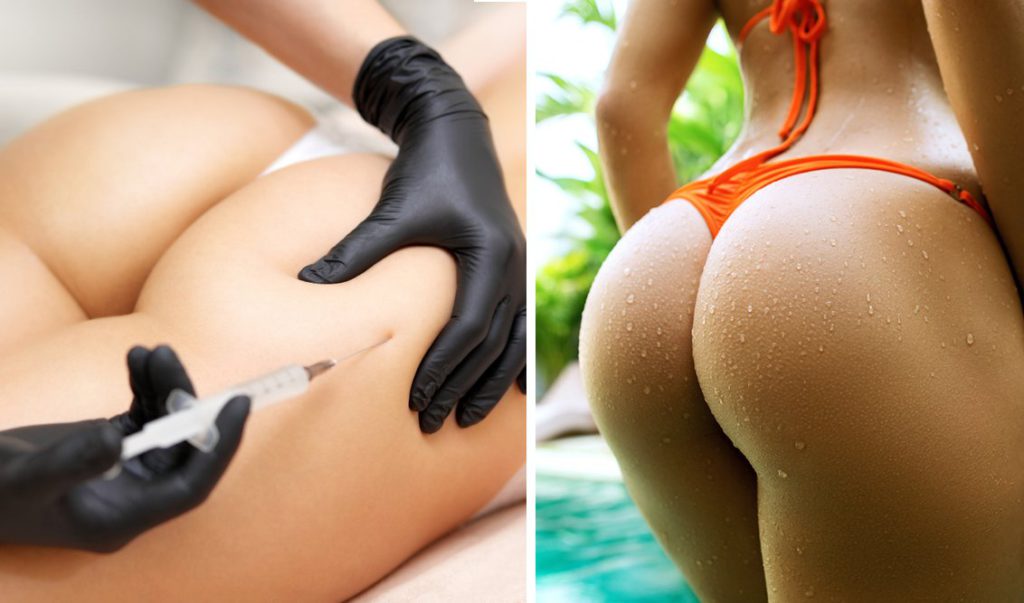Did you know that male abdominal liposuction cost, a fat reduction cosmetic surgery, has decreased by 15% in the past five years? This popular procedure helps men achieve a slimmer, more defined midsection without the hassle of endless workouts by undergoing liposuction. If you’re considering this surgery, understanding the cost factors for invasive liposuction procedures is crucial for planning.
From surgeon fees to anesthesia and facility charges, several elements contribute to the total expense of male liposuction and cosmetic surgery, including liposuction cost. Knowing these details can help you budget effectively for cosmetic surgery and avoid surprises with male liposuction. Whether you’re aiming for a six-pack or just want to lose some stubborn fat, this guide covers everything you need to know about male abdominal liposuction costs in cosmetic surgery.
Understanding Liposuction for Men
Growing Trend
More men are opting for liposuction. This trend has grown in the last decade. The American Society of Plastic Surgeons reported a 30% increase in male cosmetic surgery liposuction procedures from 2010 to 2020. Men seek to improve their physical appearance with cosmetic surgery and boost confidence through male liposuction.
Targeted Areas
Male liposuction differs from female liposuction. Men often target different areas. Common areas include the abdomen, chest, and flanks. Abdominal liposuction helps achieve a flatter stomach. Chest liposuction reduces excess fat in the chest area.
Desired Outcomes
Men have different goals compared to women. They often aim for a more defined and muscular look through male liposuction. High definition liposuction techniques can help achieve this. These techniques, including male liposuction, remove fat around muscles, creating a sculpted appearance.
Procedure Differences
The procedure itself also varies. Male fat is usually more fibrous and dense. This makes it harder to remove than female fat. Surgeons may use different tools or techniques. Laser liposuction can be more effective on denser fat.
Consulting Specialists
Consulting with an experienced liposuction surgeon is crucial. Specialists can explain the benefits and limitations. They assess whether you are a good candidate for the male liposuction procedure. They also discuss potential risks and recovery time.
Benefits and Limitations
Liposuction can provide significant benefits. It can remove stubborn fat through lipo that doesn’t respond to diet or exercise. However, it’s not a weight-loss solution. It’s important to maintain realistic expectations.
Importance of Experience
Experienced surgeons are essential for successful outcomes. They have a better understanding of male anatomy and can tailor the lipo procedure accordingly. Always check credentials and past patient reviews before choosing a lipo surgeon.
Factors Affecting Liposuction Costs
Treatment Areas
The size and number of areas treated greatly influence male liposuction costs. Larger areas like the abdomen usually cost more. Smaller areas such as the chin are cheaper. Treating multiple areas at once increases the overall price.
A single body area liposuction price can range from $3,000 to $7,500. Multiple area liposuction price range varies from $8,000 to $15,000. The more extensive the treatment, the higher the cost.
Geographic Location
Where you have the lipo procedure done impacts the cost significantly. Urban centers with higher living expenses tend to charge more for cosmetic surgery procedures like lipo. For instance, liposuction in New York or Los Angeles is pricier than in smaller cities.
Costs also vary between countries. Procedures in the U.S., like lipo, usually cost more than those in countries like Mexico or Thailand. However, traveling abroad for surgery can add other expenses.

Procedure Complexity
The complexity of the procedure affects liposuction pricing. More intricate techniques require specialized equipment and skilled surgeons. Advanced methods like laser-assisted liposuction or ultrasound-assisted liposuction often cost more.
Complex cases may need longer surgery times, lipo, and additional staff. This increases the total price. Simple procedures without complications are generally less expensive.
Surgeon’s Experience
Experienced surgeons typically charge more for their services. They bring expertise and a proven track record. Patients often prefer experienced surgeons despite higher costs.
Surgeons with specialized training in male liposuction may also charge premium rates. Their expertise in lipo ensures better results and safety, justifying the higher price.
Facility Fees
Facility fees include operating room charges and post-surgery care costs for lipo. High-end clinics with state-of-the-art facilities tend to have higher fees for lipo. These fees cover essential aspects like sterilization, nursing staff, lipo, and recovery rooms.
Lower-cost facilities might lack some amenities but offer basic care at a reduced price. Patients should weigh these factors when considering where to have their lipo procedure done.
Anesthesia Fees
Anesthesia is crucial for comfort during surgery. The type of anesthesia used affects the total cost. General anesthesia is more expensive than local anesthesia due to its complexity and monitoring needs.
Anesthesiologists’ fees also vary based on their experience and location. Highly skilled anesthesiologists in major cities will charge more.
Average Cost Range
Overview
Male abdominal liposuction costs range from $3,900 to $7,500. This price includes all necessary fees. These fees cover everything from the initial consultation to follow-up appointments, including lipo.
All-Inclusive Fees
The quoted cost is comprehensive. It includes:
-
Surgeon’s fee
-
Anesthesia
-
Operating room facilities
-
Pre-operative tests
-
Post-operative garments
-
Follow-up visits
This means there are no hidden charges. Patients can expect a single payment for the entire lipo procedure.
Body Area Variation
Costs vary based on the body area being treated. Larger areas or multiple areas at once can increase the lipo price. For example, treating the abdomen with lipo may be more expensive than smaller regions like the chin.
Factors Affecting Costs
Several factors influence the cost of male abdominal liposuction. The surgeon’s experience and the clinic’s location play significant roles in lipo. More experienced surgeons often charge higher fees due to their expertise in lipo.
Age and Need
Age can affect the cost as well. Older patients might need more extensive procedures, like lipo, leading to higher costs. Those with more fat deposits may require longer lipo surgery times.
Analyzing Treatment Areas
Abdomen
The abdomen is a common treatment area for male liposuction. Patients often target this area with lipo to achieve a flatter midsection. The procedure involves using cannulas to remove fat deposits. The size of the abdomen can make the lipo procedure more costly. Larger areas require more time and effort.
Chest
Another frequent area is the chest. Men opt for liposuction here to reduce excess fat and enhance muscle definition. This area may need micro cannulas for precision. The complexity of removing fat near the skin and muscles with lipo can increase costs.
Love Handles
Love handles are also popular targets for liposuction. These are located on the sides of the waist. Removing fat from this area with lipo can improve overall body contour. The size and shape of love handles can vary, affecting the cost of lipo.
Submental Area
The submental area, or under the chin, is another lipo treatment option. This smaller area usually requires local anesthesia. Despite its size, it demands precision, which can make it relatively expensive.
Factors Affecting Cost
Costs vary based on several factors:
-
Size of the Body Area: Larger areas like the abdomen cost more for lipo.
-
Complexity: Areas requiring precision, like the chest, might be pricier.
-
Anesthesia Type: Local anesthesia might be cheaper than general anesthesia.
Personalized Assessment
A personalized assessment is crucial. Each patient’s needs differ. A consultation helps determine the exact cost based on individual treatment plans. Doctors consider body type, desired results, and medical history.
Importance of Surgeon Experience
Surgeon Qualifications
A surgeon’s qualifications matter. They impact the cost of male abdominal liposuction. Experienced surgeons often charge more. They have advanced training and certifications. This expertise ensures safer procedures.
Qualified surgeons belong to professional bodies. Examples include the American Board of Cosmetic Surgery. These memberships indicate high standards. Patients should verify certifications before choosing a surgeon.
Correlation Between Cost and Outcomes
Higher costs can mean better outcomes. Experienced surgeons use refined techniques. This leads to more precise results. Fewer complications occur with skilled professionals.
Studies show experienced surgeons have higher success rates. They handle complex cases better. Paying more for an experienced surgeon can reduce risks. It also increases satisfaction with results.
Researching Surgeons
Research is crucial when selecting a surgeon. Look into their background thoroughly. Check their success rates with male liposuction. Reviews and testimonials offer insights.
Ask about their experience specifically with male patients. Men have different fat distribution than women. A surgeon familiar with these differences achieves better results.
Success Rates
Success rates reflect a surgeon’s skill. High success rates indicate consistent quality. They also suggest fewer post-surgery issues.
Request data on past surgeries from potential surgeons. Compare this information before making a decision. Choosing a surgeon with high success rates ensures a smoother recovery process.
Importance of Consultation
Consultations are essential steps in the process. During consultations, discuss your goals and concerns. Evaluate the surgeon’s approach and communication style.
Good communication builds trust between patient and surgeon. It also helps set realistic expectations for the surgery outcomes.
Financing Options
CareCredit
CareCredit is a popular financing option. It helps cover the cost of male abdominal liposuction. They offer 0% financing for a set period. This means no interest if paid in full within the promotional period. Approval depends on credit history and other factors.
To apply, visit the CareCredit website. Fill out the application form. Approval usually takes minutes. Monthly payments can start as low as $79. This makes it an affordable solution for many.
United Medical Credit
United Medical Credit is another good option. They specialize in medical financing. They offer flexible payment plans with competitive interest rates. Approval criteria include credit score and income verification.
Applying is simple. Go to the United Medical Credit website. Complete the online application form. Approval time varies but often happens quickly. They provide personalized loan options based on your needs.
Insurance Coverage
Insurance rarely covers cosmetic procedures like liposuction. Most policies exclude elective surgeries. Check with your provider to be sure.
e insurance may cover liposuction if it’s medically necessary. This includes cases like removing excess fat due to certain health conditions. Always verify coverage details with your insurance company.
Other Payment Solutions
Other solutions exist for financing male abdominal liposuction. Personal loans from banks or credit unions are an option. Interest rates depend on your credit score and loan amount.
e clinics offer in-house financing plans. These may come with different terms and conditions. Always read the fine print before committing.
Fee Transparency
Understanding fees is crucial when considering liposuction. Surgeons should provide a detailed fee breakdown. This includes costs for anesthesia, facility fees, and post-operative care.
Ask for all-inclusive quotes to avoid hidden charges. Knowing the total cost upfront helps in planning your finances better.
Choosing Quality Over Cost
Importance of Quality
Quality should be the top priority when selecting a liposuction provider. Experienced surgeons and reputable facilities ensure better results and safety. Opting for cheaper options can lead to complications. Complications may include infections, uneven fat removal, or prolonged downtime.
Risks of Low Prices
Choosing low-cost providers can be risky. Less experienced surgeons might cut corners to offer lower prices. This can result in poor outcomes and additional costs for corrective procedures. Some facilities might use outdated equipment or lack proper licensing.
Long-term Benefits
Spending a bit more on quality care pays off in the long run. High-quality providers use advanced techniques like laser liposuction. These methods offer better precision and faster recovery times. The initial investment leads to lasting and satisfactory results.
Safety Concerns
Safety is crucial in any medical procedure. Reputable providers follow strict safety protocols. They have well-trained staff and state-of-the-art equipment. This reduces the risk of complications during and after the surgery.
Real-life Examples
Consider John, who chose a cheap clinic for abdominal liposuction. He ended up with uneven fat removal and had to undergo corrective surgery. On the other hand, Mike opted for a renowned surgeon. He experienced minimal downtime and excellent results.
Evaluating Providers
Check the credentials of potential surgeons. Look at their experience, certifications, and patient reviews. Visit the facility to assess cleanliness and professionalism. Ensure they use modern techniques for fat removal.
Comprehensive Care
High-quality providers offer comprehensive care packages. These often include pre-surgery consultations, post-surgery follow-ups, and inclusive care plans. Such packages ensure a smoother recovery process and better overall experience.
Emotional Well-being
Choosing quality over cost also impacts emotional well-being. Knowing you are in good hands reduces anxiety about the procedure. The confidence in achieving desired results boosts self-esteem post-surgery.
Setting Realistic Goals
Importance of Expectations
It’s crucial to have realistic expectations about male abdominal liposuction. This procedure can enhance body contours but won’t result in a perfect body. Unrealistic goals often lead to disappointment.
Liposuction removes fat deposits but doesn’t address loose skin. Understanding this will help set achievable goals.
Consultation Benefits
A consultation with a qualified surgeon is essential. During the appointment, the surgeon assesses your body type and discusses desired results. They explain what liposuction can and cannot achieve.
This helps in setting realistic expectations. The surgeon’s expertise ensures you understand the possible outcomes.
Not a Weight Loss Solution
Liposuction should not be seen as a weight loss method. It’s designed to sculpt and refine specific areas of the body. Weight gain after the procedure can impact results.
Maintaining a stable weight is important for long-term success. Regular exercise and a healthy diet are key components.
Impact of Exercise
Exercise plays a significant role post-liposuction. It helps maintain the new body shape and prevents weight gain. Cardiovascular activities and strength training are beneficial.
Consistency in exercise routines enhances the overall outcome of the surgery.
Final Thoughts
Final Remarks
Understanding male abdominal liposuction costs can be daunting. But with insights into factors like surgeon experience, treatment areas, and financing options, you can make informed decisions. Prioritize quality over cost to ensure the best outcomes. Set realistic goals and choose a skilled surgeon to maximize your investment.
Ready to take the next step? Consult with a qualified professional to discuss your options. Your journey to a better you starts now. Don’t let cost be the only factor; focus on achieving the results you deserve.
Frequently Asked Questions
What is male abdominal liposuction?
Male abdominal liposuction is a cosmetic procedure to remove excess fat from the abdomen, creating a more contoured appearance.
How much does male abdominal liposuction cost?
Costs vary widely but typically range from $3,000 to $7,500. Factors such as location, surgeon experience, and treatment area size affect the price.
What factors influence the cost of male liposuction?
Factors include the surgeon’s expertise, geographic location, clinic reputation, and the extent of fat removal needed.
Why is surgeon experience important for liposuction?
Experienced surgeons ensure safer procedures and better results. They minimize risks and provide natural-looking outcomes.
Are financing options available for liposuction?
Yes, many clinics offer financing plans or payment options to make the procedure more affordable.
Should I choose the cheapest liposuction option?
No, prioritize quality over cost. A skilled surgeon ensures better results and reduces the risk of complications.
What should my goals be for abdominal liposuction?
Set realistic goals. Liposuction improves contour but isn’t a weight loss solution. Consult with your surgeon for personalized advice.





